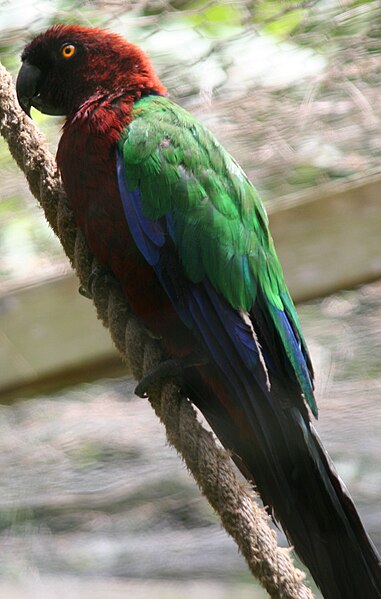 Established in 2003 by Birdlife International, the WorldBirds Birdwatcher’s Data Base now has 16,000 regular users and over 3 million recorded observations. Unlike many professionally-organized efforts, WorldBirds is open to ornithologists and casual and serious birders alike. It is an excellent, enjoyable way to contribute to worldwide conservation projects and communicate with others who share your passion.
Established in 2003 by Birdlife International, the WorldBirds Birdwatcher’s Data Base now has 16,000 regular users and over 3 million recorded observations. Unlike many professionally-organized efforts, WorldBirds is open to ornithologists and casual and serious birders alike. It is an excellent, enjoyable way to contribute to worldwide conservation projects and communicate with others who share your passion.
Your Observations Count
Research fund availability and the sheer scope of what needs to be done places severe limits on conservationists…paid professionals can not handle everything. Even when I worked for the Bronx Zoo and other well-funded organizations, I relied heavily upon volunteers. Much of the data that later found its way into professional publications was generated by them, not I.
Fortunately, birders tend to write things down – not only life lists, but also details concerning habitat, weather and so on. This information can be invaluable to those working on projects ranging from single-species protection to international migration flyway monitoring. Observations of even very common birds may be very useful pieces of larger conservation puzzles.
Using the WorldBirds Data Base
Anyone can record their observations on WorldBirds (please see link below) or use it to learn such things as where to find specific birds or what sightings might be expected in various places. Other useful features include news updates, assistance with planning birding trips and species checklists for many regions.
And, of course, you’ll have the satisfaction of knowing that your observations may be used to advance important conservation efforts for rare birds and threatened habitats. Children are encouraged to participate and to view their contributions as valuable. From Red Shining Parrots to Snail Kites and mangrove swamp preservation (please see photos), you can learn and participate on some level via WorldBirds.
Related and Independent Efforts
 WorldBirds currently has a presence in 160 countries, and is managed in the USA by the National Audubon Society. When all the data bases that link to it are considered, the number of recorded observations far exceeds the 3 million+ registered on the main website. In Portugal, a whale and dolphin monitoring function is being added.
WorldBirds currently has a presence in 160 countries, and is managed in the USA by the National Audubon Society. When all the data bases that link to it are considered, the number of recorded observations far exceeds the 3 million+ registered on the main website. In Portugal, a whale and dolphin monitoring function is being added.
Observations recorded by birders have proven useful in the management of several Important Bird Areas and to the functioning of the Wintering Bird Atlas, Breeding Bird Atlas, Common Bird Monitoring Project and other efforts sponsored Birdlife International.
Several important projects based in the USA also rely upon the efforts of “everyday” birders, and all are easy to become involved with, and quite enjoyable. One of the most ambitious, the Christmas Bird Count, is right around the corner! Please see the articles linked below for details.
Further Reading
WorldBirds Website and participant information
US Initiatives: Project FeederWatch, Christmas Bird Count
Seabird Foraging Database
Red Shining Parrot image referenced from wikipedia and originally posted by Duncan Wright
Snail Kite image referenced from wikipedia and originally posted by Dario Sanches
 That Bird Blog – Bird Care and History for Pet Birds
That Bird Blog – Bird Care and History for Pet Birds




Dear sir:
In our mango tree there are so many birds staying.I like to help the bird in right manner ,what shall i do
Hello,
I’m not entirely sure what you are asking, sorry; please send some details.
Best regards, Frank